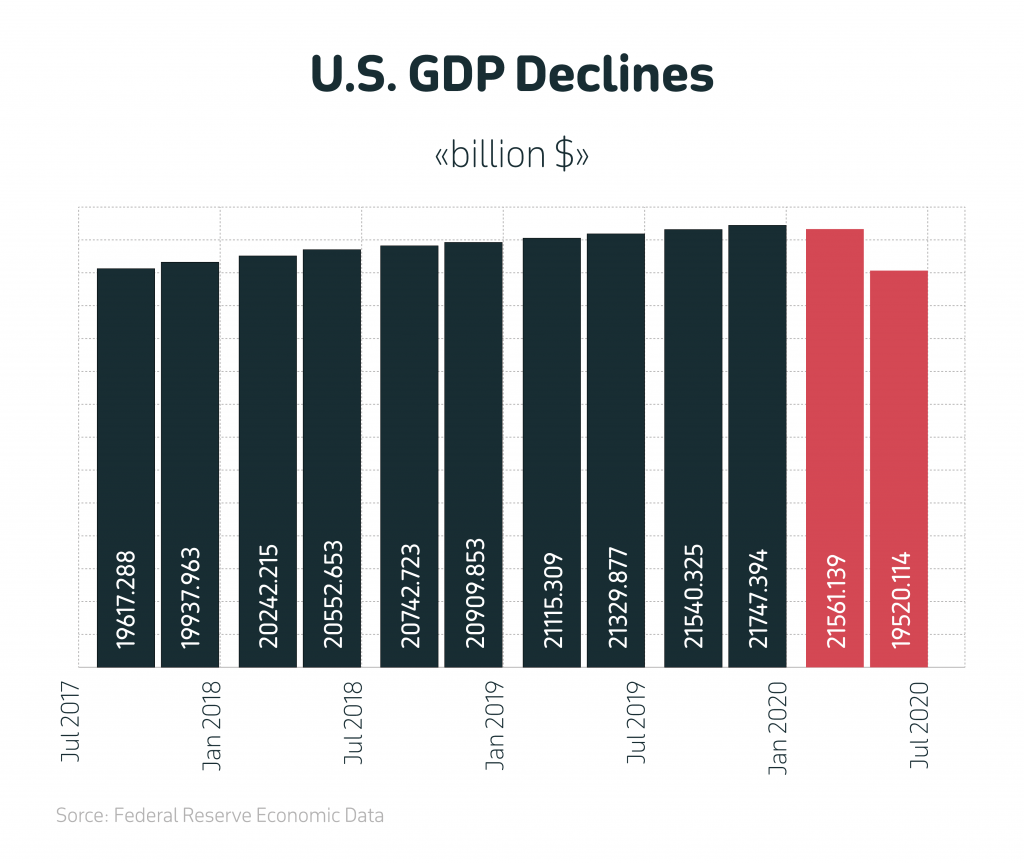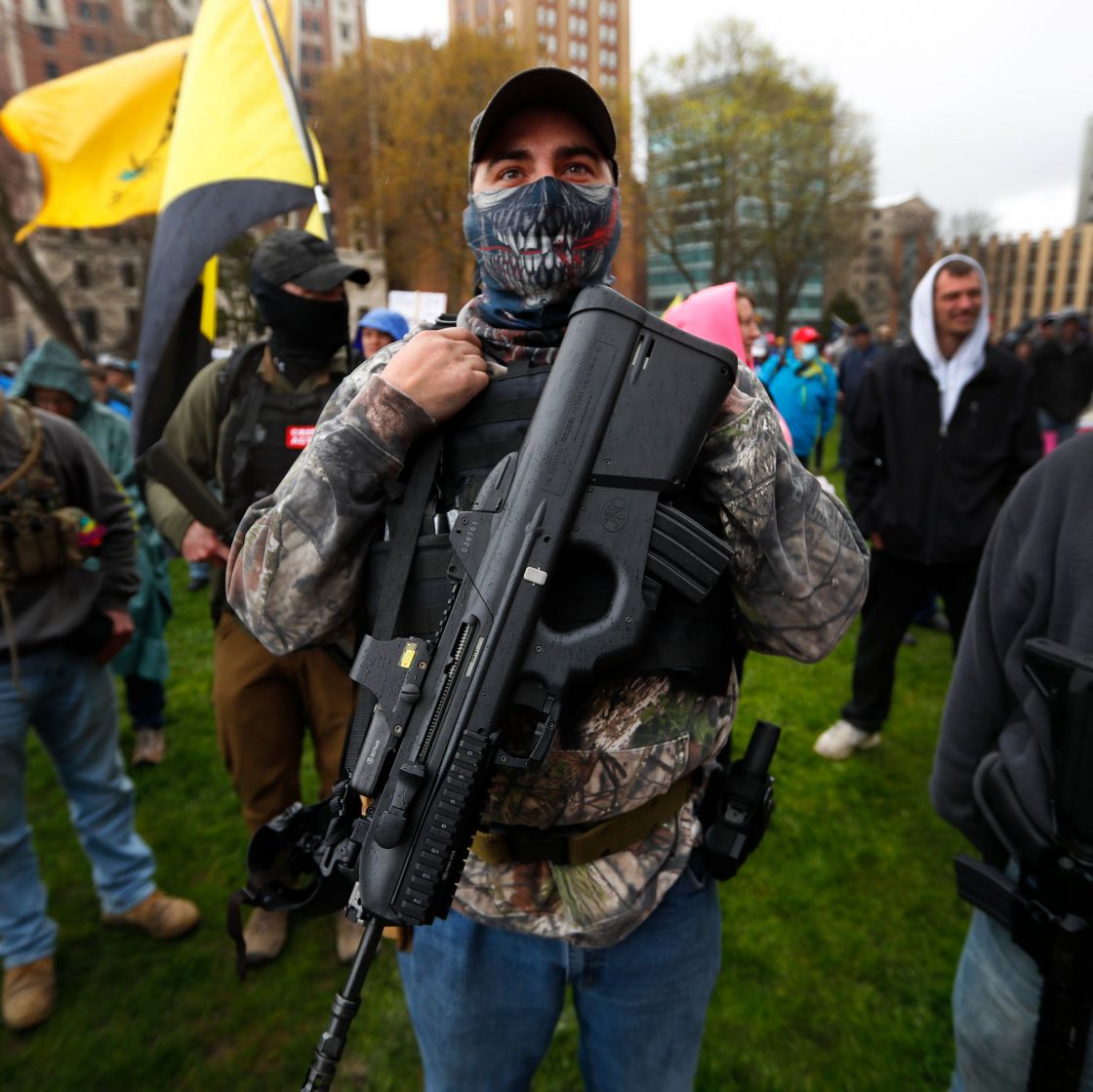- Articles
- Posted
The Question is “When” and not “If”… The US is on the Threshold of a Brutal “Civil War”
A reading of the scene in the US, within the context of what can be expected of capitalism within the framework of its crisis, and also within the context of current events at the level of the socioeconomic structure, reveals a clear trend towards the deepening of chaos and escalation of conflict. It is no longer a question of “if” that will happen, but “when” will it happen and with what degree of brutality.
In previous articles, we looked at many indicators of the expansion of US isolation within the world stage, and this is getting reflected in Washington’s foreign relations and inside the US as well. This isolation is at the same time a cause of the massive transformation taking place worldwide, but also one of the symptoms of this transformation.
At the International Level
Washington’s isolation is demonstrated in many ways including its “friends” (the West) gradually distancing themselves from it, as well as in the behavior of historically “agent” governments being overthrown by their own peoples, or trying to adapt, where the equation of this adaptation has become: the faster you move away from the US, the greater your chances of survival. The regimes that are trying to adapt have begun to transform their “markets” towards a different pattern of international economic relations with “other partners”, and the dollar has started to get dethroned as the global currency by being replaced by other currencies, including digital currencies. This increasing isolation of the US has already started reflecting on its internal affairs, probably most prominently economically, which is discussed in more detail below.
It seems that the definite rule in this matter is that any reduction in its role internationally, the US will make up for through more severe measures internally, where the environment is unstable, and the instability is proportional to the reduction in the international role; that is, the more internationally isolated the US the more unstable it will be internally. This is mainly due to the US policy which has for decades made its internal control and “stability” linked with its international role, specifically with the size of its international plundering.
Inside the US
Internally, the isolation is being reflected in the movement toward a state that is looking more and more like a pure police state. In the article About “Communismphobia” in the US… Other Dimensions, my colleague Saad Saeb touched on the forced pursuit by the US (in addition to other Western countries), in the context of the Cold War and the competition with the Soviet model, to establish a system in which the state had a sizable role in the economic and social life.
That started changing after the 1960s as the Soviet Union started experiencing a decline, and the state in the West, especially the US, slowly began relinquishing more of its role in the market and its social role in favor of transcontinental and multinational corporations, under the pretext of “promoting freedom of the market”. This reduction of the social role of the state reached its maximum limits with the neoliberal era in the early 1980s.
The state became less concerned with the entire population and their socioeconomic well-being and development, and the role of the capitalist state became openly and shamelessly a protector of corporations and big money (which had always been the case but in a mild manner), which further exacerbated the centralizations of wealth. This in turn, brought the state apparatus back to the fore, as the protector of the wealth of the few, by various means: legal, military, and security means. That is, we can observe, after the Great Depression of 1929, three successive basic types of state in the West, all of which serve – according to the historical phase – the capitalist elite: first, the state that intervenes in the market to deal with its crises and plays a social role; second, the state that withdrew itself from the scene, but continued working behind the scenes for the benefit of the big corporations; and third, the overt police state intervening through legal, security, and military means, for the benefit of the big corporations.

This shift in the role of the state in the West in general, in the US in particular, has made the majority Americans increasingly becoming aware of the “American Dream” being an unattainable goal, even a myth, since 2008 at least.
This was combined with the US’ isolation from the rest of the world, and represented mainly in the diminishing ability of the US to exploit other countries’ populations, which had been its means to provide a certain standard of living with a historically unprecedented extravagant consumption.
As the standard of living for a greater number of Americans declined over the last decade or so (with an explosive peak in 2008) and continued to decline even more over the last few years and during the COVID-19 crisis, Americans started looking for answers. This was accompanied with the rise of racist and white supremacy currents, and accompanied with greater visibility of police brutality, particularly in poorer areas, that also happen to be populated by predominantly black or Latino Americans, but especially black Americans, which gave rise to the BLM movement.
These are but some of the major factors that have pushed Americans to question not only the current US administration, but capitalism as a whole. A greater number of Americans also started criticizing US policies and actions worldwide. Civil disobedience in different forms (albeit humble compared to even some from US history itself) and voices challenging the system started rising and demanding explanations, accountability, and change.
Not unexpectedly, the US government and behind it the “elite” resorted to increased use of the “iron fist” albeit not so blatantly, but in some instances, military style curfews were imposed, the National Guard was mobilized in several US cities, and even armored vehicles driving in cities – this was most prominent in Minneapolis, the city where policemen killed George Floyd.
These are things that the greatest majority of Americans through the last three generations are not used to seeing. Demonstrations swept through large parts of the US, and even some militias were formed in some cities, something that should and did worry the US government.
This state’s “iron fist” is one of the most serious features of the US today and has been recently addressed by human rights organizations including Human Rights Watch in a 30 September 2020 report about systemic police brutality in the US. Amnesty International also addressed this issue recently in a report released on 23 October 2020, titled Losing the Peace: US Police Failures to Protect Protesters from Violence.
What Can All This Lead to?
All indications based on the above and on historical experiences, not to mention the increasing police brutality and violence in the US among Americans and between the state and the people, all of this points to an imminent internal war. The question now is no longer “will this happen?” but instead “when will it happen?” Based on our reading of the scene, we expect this to be a brutal conflict, due to many factors, including the following:
First, the economic situation in the US will deteriorate progressively as the dollar loses more of its global power, and the US losing its economic position globally to rising powers like China, will be the greatest factor in fueling the internal conflict. The following should also be considered with regards to the economic situation in the US:
- The US gross domestic product decreased by 31.4%, meaning that it shrank by about a third in the second quarter of this year, thus registering an additional and collapsing shrinkage after the one that took place in the first quarter; not to mention that the “GDP growth numbers” over the past several years, were less than the percentage of population growth.

- The US national debt is increasing, not by the second, but by the nanosecond (in 1980 the US Federal debt to GDP ratio was 34.68%, today that ratio is 137%).
- The increasing centralization of wealth in the hands of a few who are becoming fewer (between 1989 and 2018 the top 1% increased its total net worth by $21T and the net worth of the bottom 50% decreased by $900B).

- Consumer spending or personal consumption expenditures (PCE) are on the decline, and just from May 2020 to August 2020 it declined from 8.7% to 1% (according to the US Department of Commerce, Bureau of Economic Analysis).
Thus, on all economic fronts, there is a decline, which will be the number one factor in fueling anger in Americans and pushing them towards unrest and mobilization.
Second, there is already chaos and violence in response to the increasing violence by the state apparatus, but also the prevailing culture in the US might be the number one in the world in susceptibility to quickly become violent, something that can be observed from many aspects including the types of films and shows that appeal to a large US audience. One manifestation of violence is school shootings, which based on this report by CNN in April 2020 (only looking at incidents covered in the media and only in elementary through high school) shows that from 1990 until the date of the report (30 years) there have been 59 incidents where there was at least one fatality, while from 1927-1989 (62 years) there were 20 incidents, that is, these types of incidents increased sixfold over the last three decades from the preceding six decades.

Another indicator that should be taken into consideration with regards to violence or possibility thereof is the number of civilian-held firearms per capita; in this regard (based on a 2017 survey on global civilian-held firearms numbers) the US is truly a world leader with 120.5 firearms per 100 civilians, that is practically every civilian has a firearm. For comparison, the next country on the list after the US is Yemen, and it comes second by a large difference with 50 firearms per 100 civilians.

Thus, if… or rather when the conflict breaks out, there is an environment that is very fertile for violence to escalate and very quickly. This amount of violence is a natural product of the brutality of the plundering 1%, because the dominant culture in any society, as Marxism has taught us, is the culture of the dominant class.
Third, state repression is on the rise in the US, which is being revealed more and more through some of the actions discussed above, especially with the way the government dealt with protests this year, and through actions like reviving legal basis for targeting citizens as we discussed in a previous article with the revival of laws relating to association with communism.
These factors and others will lead to fueling the internal conflict in the US, though when it will actually get ignited is not easy to predict, but when it does, it has the potential to be an extremely barbaric one.



 Reem Issa
Reem Issa